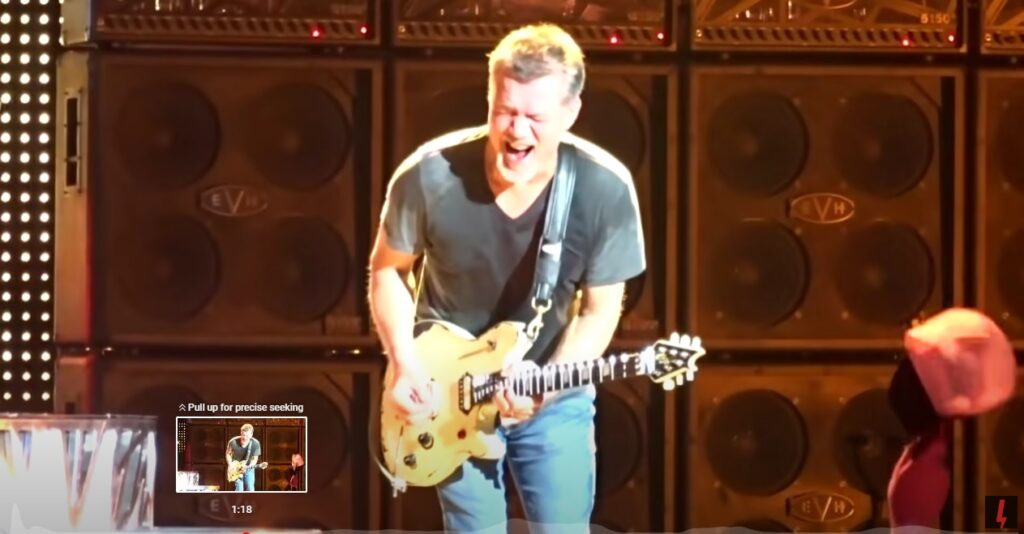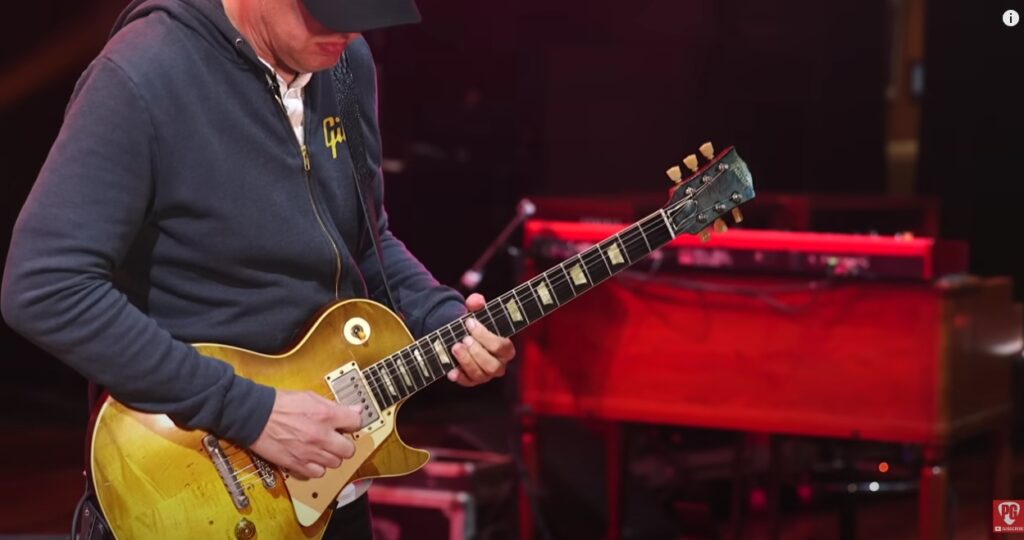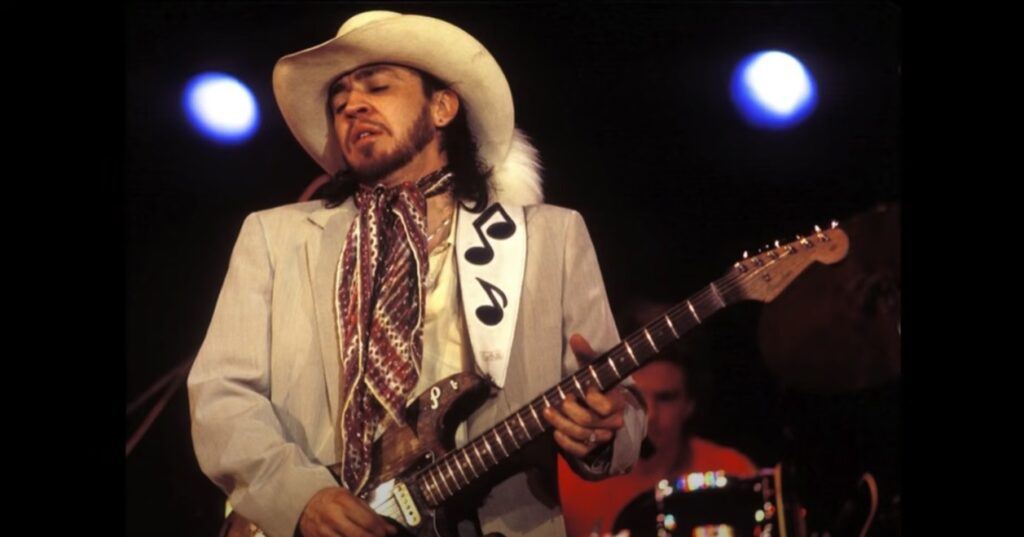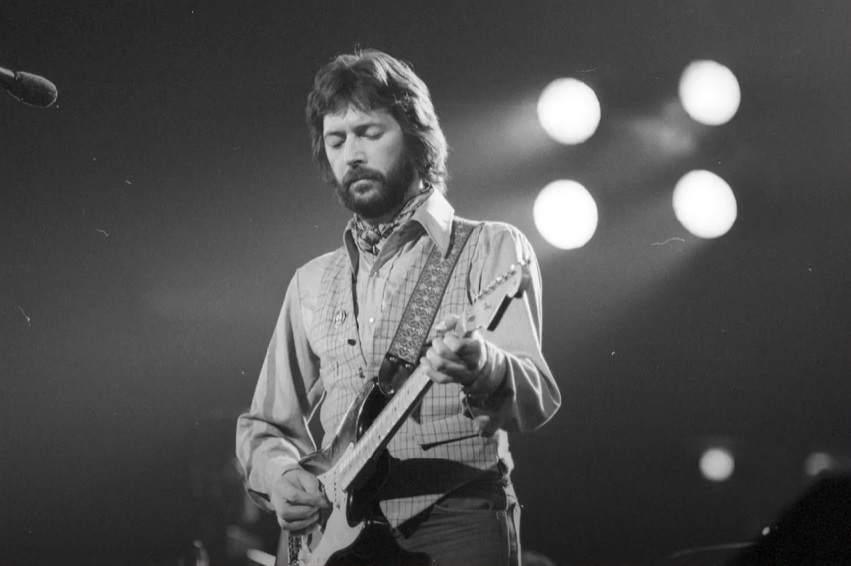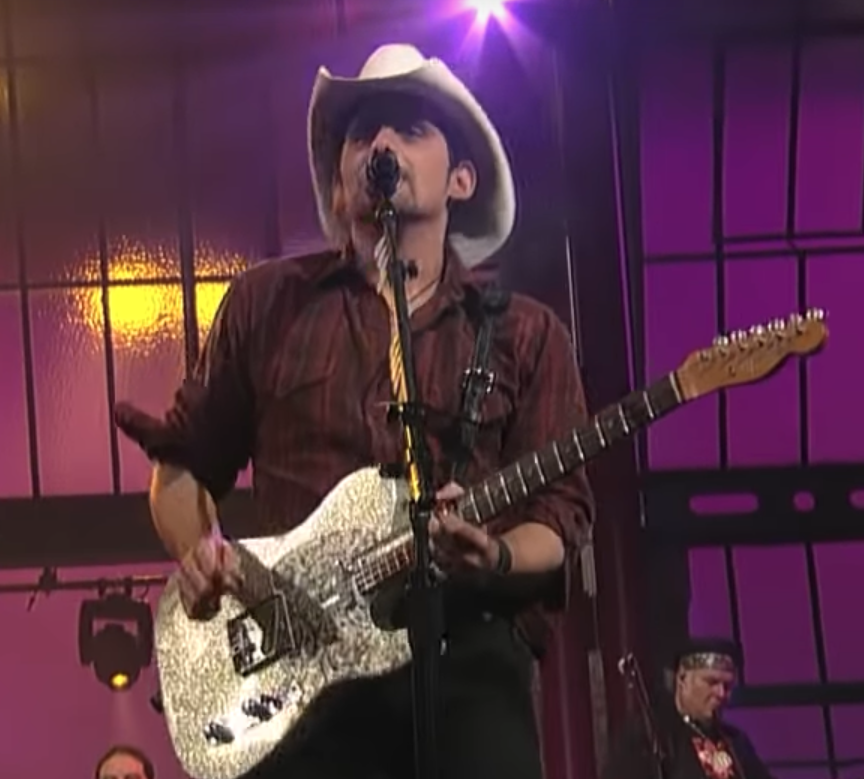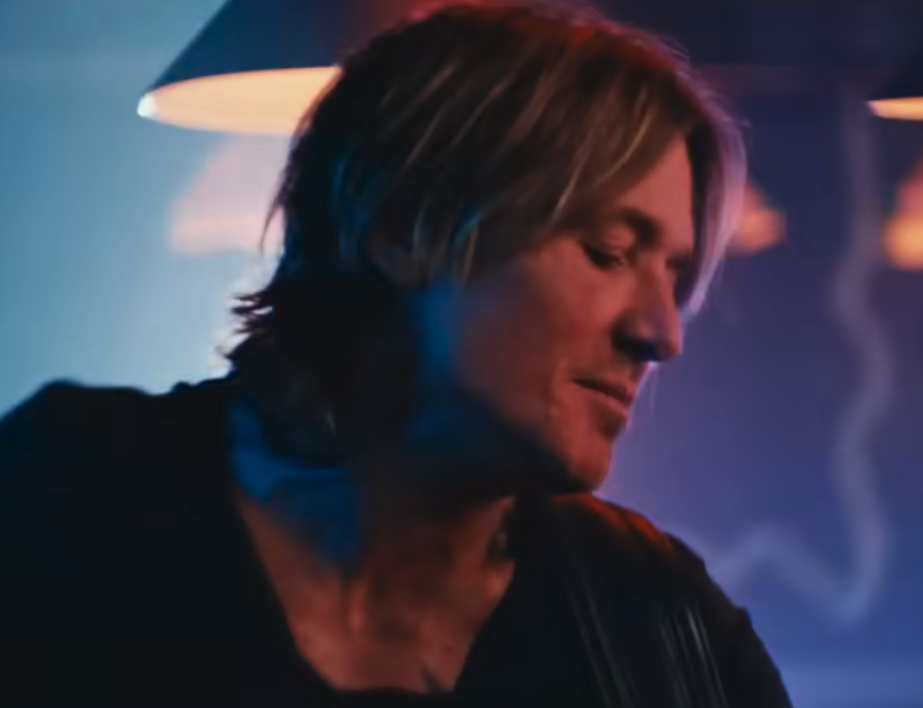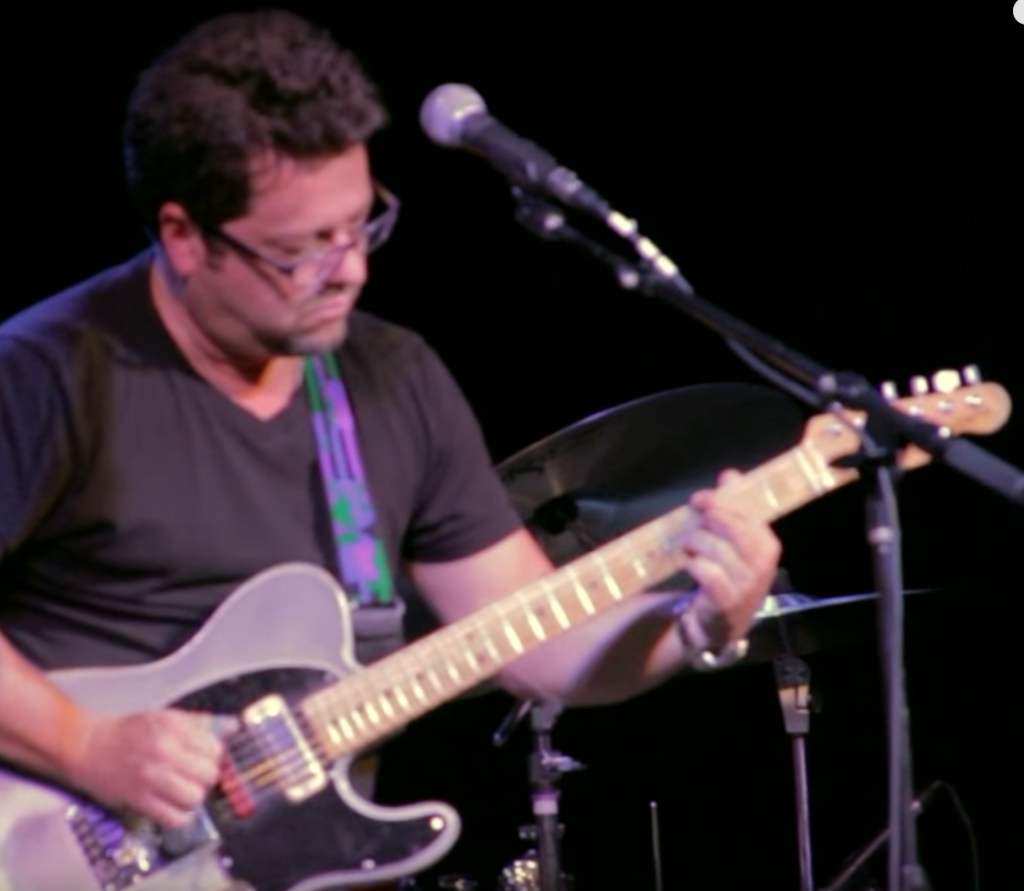
Steve Vai is a legendary guitarist known for his technical ability, innovative playing style, and vast range of influences. Born in 1960 in Carle Place, New York, Vai began playing guitar at the age of 13 and quickly gained a reputation as a prodigious talent. Over the course of his career, he has become known for his virtuosic playing, his ability to blend different styles and genres, and his impressive array of equipment. In this article, we will take a closer look at the equipment that Steve Vai uses to achieve his unique sound.
Guitars
One of the most distinctive aspects of Steve Vai’s playing is his use of custom-made guitars. Over the years, he has collaborated with a number of guitar manufacturers, including Ibanez, to create instruments that are specifically tailored to his playing style. One of his most famous guitars is the Ibanez JEM, which he helped design in the late 1980s. The JEM features a distinctive “monkey grip” handle on the body, as well as a locking tremolo system and a unique set of DiMarzio pickups.
In addition to the JEM, Vai has also used a number of other custom-made guitars over the years, including the Ibanez Universe, a seven-string guitar that he helped develop in the early 1990s. He has also used guitars from other manufacturers, including a Gibson Les Paul and a Fender Stratocaster.
Amplifiers
Vai is known for his use of a variety of different amplifiers, including models from Marshall, Carvin, and Bogner. However, he is perhaps most closely associated with his use of the Legacy amplifier, which was designed by Carvin in collaboration with Vai himself. The Legacy is a high-gain amplifier that is capable of producing a wide range of tones, from clean and pristine to overdriven and distorted. It features a number of different EQ controls, as well as a built-in effects loop and a power attenuator that allows Vai to dial in just the right amount of volume for any given performance.
Effects Pedals
Like many guitarists of his caliber, Steve Vai is known for his use of a variety of different effects pedals to achieve his unique sound. He often uses a combination of distortion, overdrive, and modulation effects, as well as delay and reverb. One of his most famous pedals is the Ibanez Tube Screamer, which he has used to achieve his signature distorted tone on many of his recordings. He is also known for his use of the Eventide H3000, a digital effects processor that he uses to create a variety of different sounds, from chorus and flange to pitch shifting and harmonization.
Strings and Picks
Vai is known for his use of heavy gauge strings, which he uses to achieve a thick and powerful sound. He often uses sets of .010-.052 gauge strings, which provide a good balance between playability and tone. He is also known for his use of custom-made picks, which he designs himself. His picks are made from a material called “Primetone,” which is known for its durability and consistent tone. They feature a sharp point and a textured grip, which allow Vai to achieve his fast and fluid playing style.
Steve Vai is one of the most innovative and influential guitarists of his generation, and his equipment plays a crucial role in helping him to achieve his unique sound. His ability to blend different styles and genres, and his willingness to experiment with new sounds and techniques, have helped to inspire a generation of musicians. Whether he is playing a blistering guitar solo or a gentle ballad, Vai’s playing is always unmistakably his own, and his passion for the instrument.
